Skylights aren’t always the first thing on people’s lists when it comes to installing new lighting in their home, but that doesn’t mean that these lighting styles won’t work in their ceilings. Skylights are a longstanding feature in many people’s homes, and they effectively reduce energy usage and heat in the house during the warmer months of the year.
Finding a business in your home city that installs skylights is as easy as searching “ skylights in Brisbane”, for instance, and making a booking. However, it is worth noting that installing skylights in a rental property is only possible with the written permission of the owner of the house. We have put together some points to explore whether or not Velux or Solatube style skylighting systems are right for your home, and we hope this will help to further open your eyes to the wonderful possibilities afforded by these often under-utilised lighting solutions.
Velux
To start with, it’s important to understand the difference between the two aforementioned types of lighting. Velux lighting is a form of skylighting that includes some ventilation features as well, and is more effectively described as roof windows. This means they have larger panes of material, often a shatter-resistance perspex to aid with weather-proofing, and several all in one area.
This allows a lot more light directly into your house from above, but doesn’t allow for much to enter from lower-angled suns, such as at dawn or dusk. This is a good idea for houses that are in less hilly areas, as it allows more light into one main room, such as a living room or dining room. These windows can be opened electronically, allowing the hot air to rise straight out of your house and away, proving environmentally-friendly cooling as well as power-free light.
Solatube
Solatube, on the other hand, is a good solution for people in more hilly areas, and it differs radically from Velux style sky lighting. A Solatube is like a bubble placed on top of a hole in your roof, which then connects via a reflective tube to another bubble mounted on your ceiling inside. These bubbles are usually made of hardened acrylic or perspex and can be large distances away from each other, meaning you can pipe natural light into a dark side of your house from a side that faces the sun.
The tubes inside are usually 99.7% reflective, meaning little to no loss of light in “transit”, and this means that almost any room of your home can be brilliantly lit up with natural sunlight. The main drawback to this system is a lack of ventilation through these tubes, as they are sealed to ensure correct weatherproofing.
Other Options
Your only other significant skylight option is the old-fashioned, single-window sized hole in the roof that is covered with a notoriously breakable plastic dome. These do wonders to diffuse the light they capture, but hardly provide the benefits of the others. As well as this, in the unlucky event of wild weather in your neighborhood you might end up with a large hole in your roof that can’t be fixed all night, likely leading to water damage beneath the skylight.
The choices are fairly clear in this case.
The older, outdated method of using natural light to illuminate your rooms has been surpassed by the newer methods to the same end. Both of the methods mentioned here have benefits and drawbacks, but one will be more suited to your home than the other. It’s up to you to weigh the options and settle on one that will properly fill your house with the brilliance of the sun.


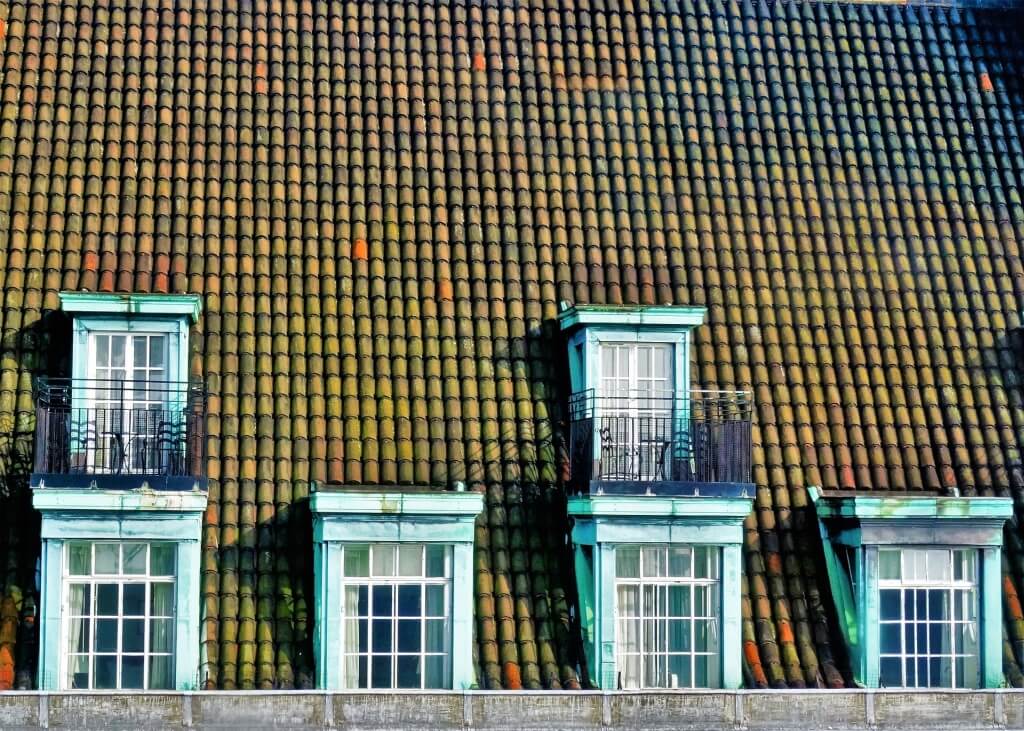
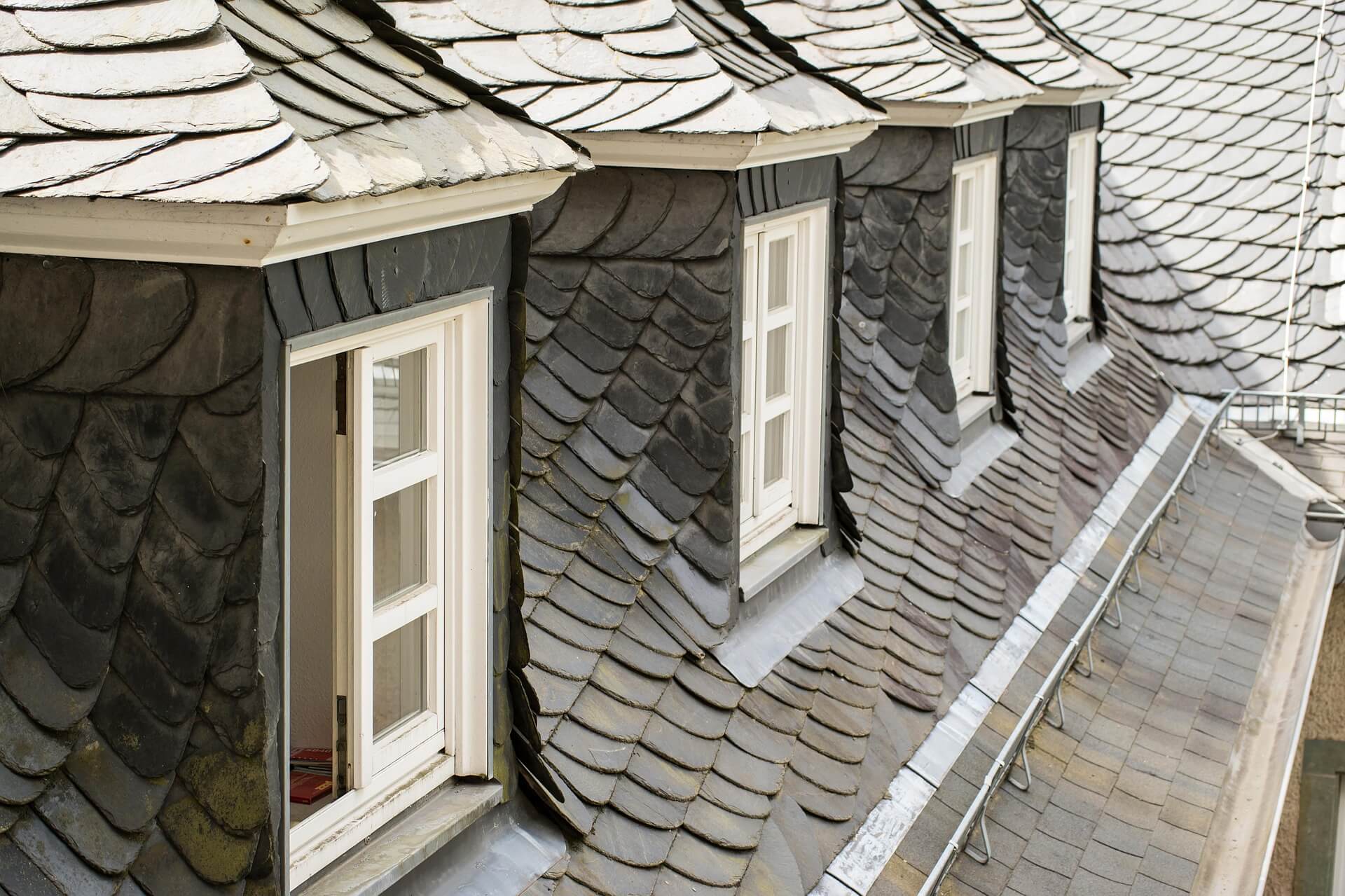
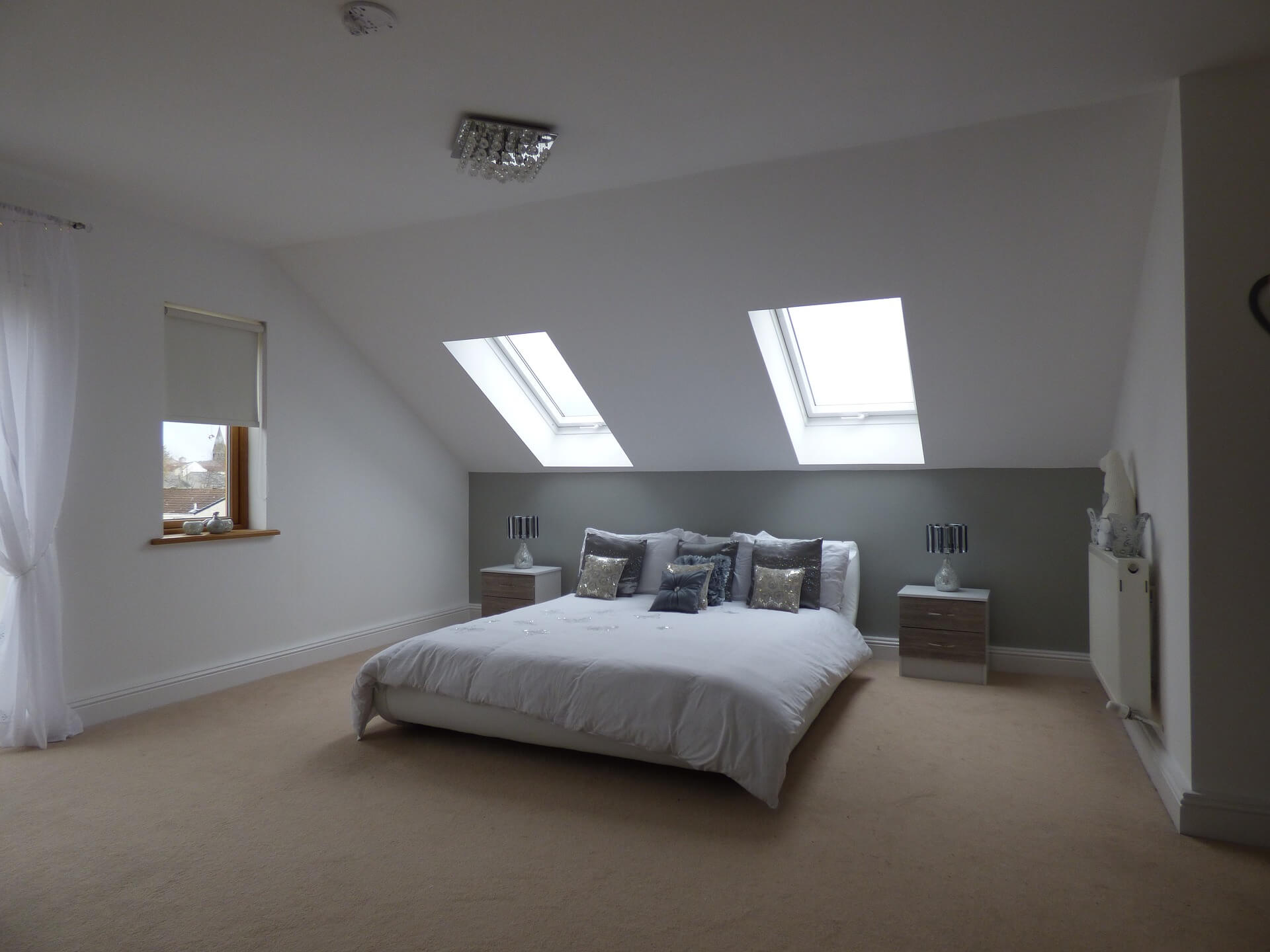
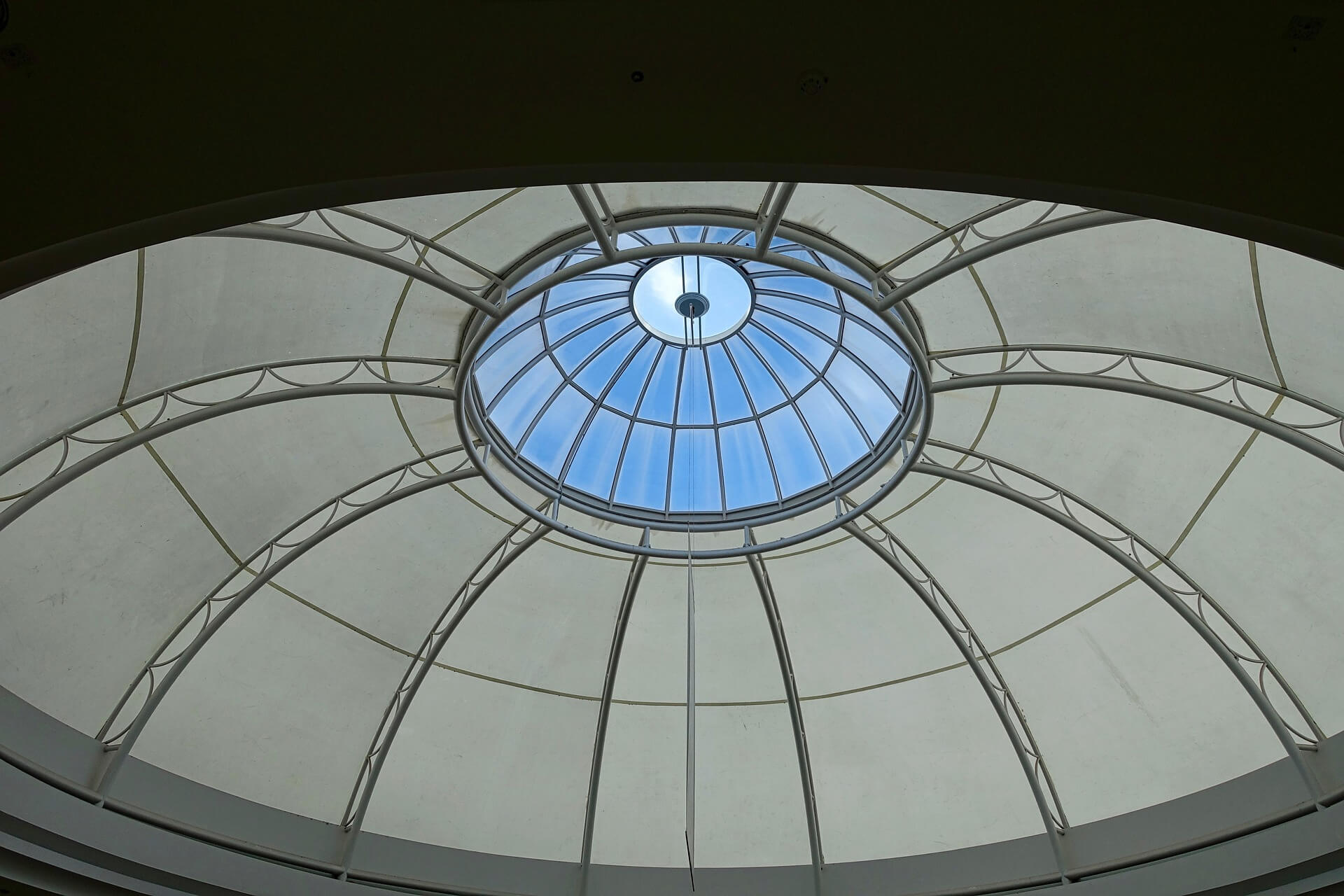

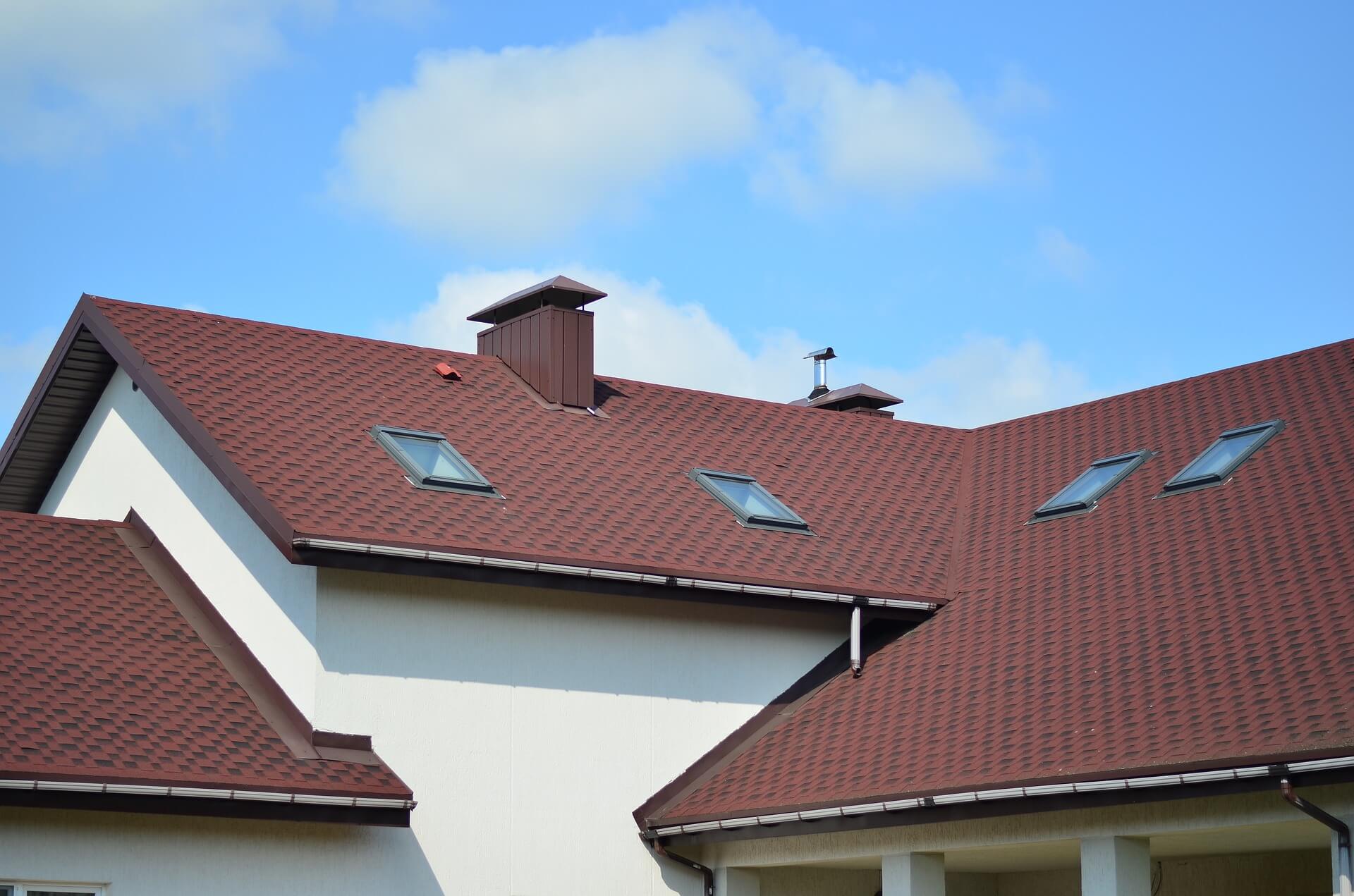


Leave a Comment